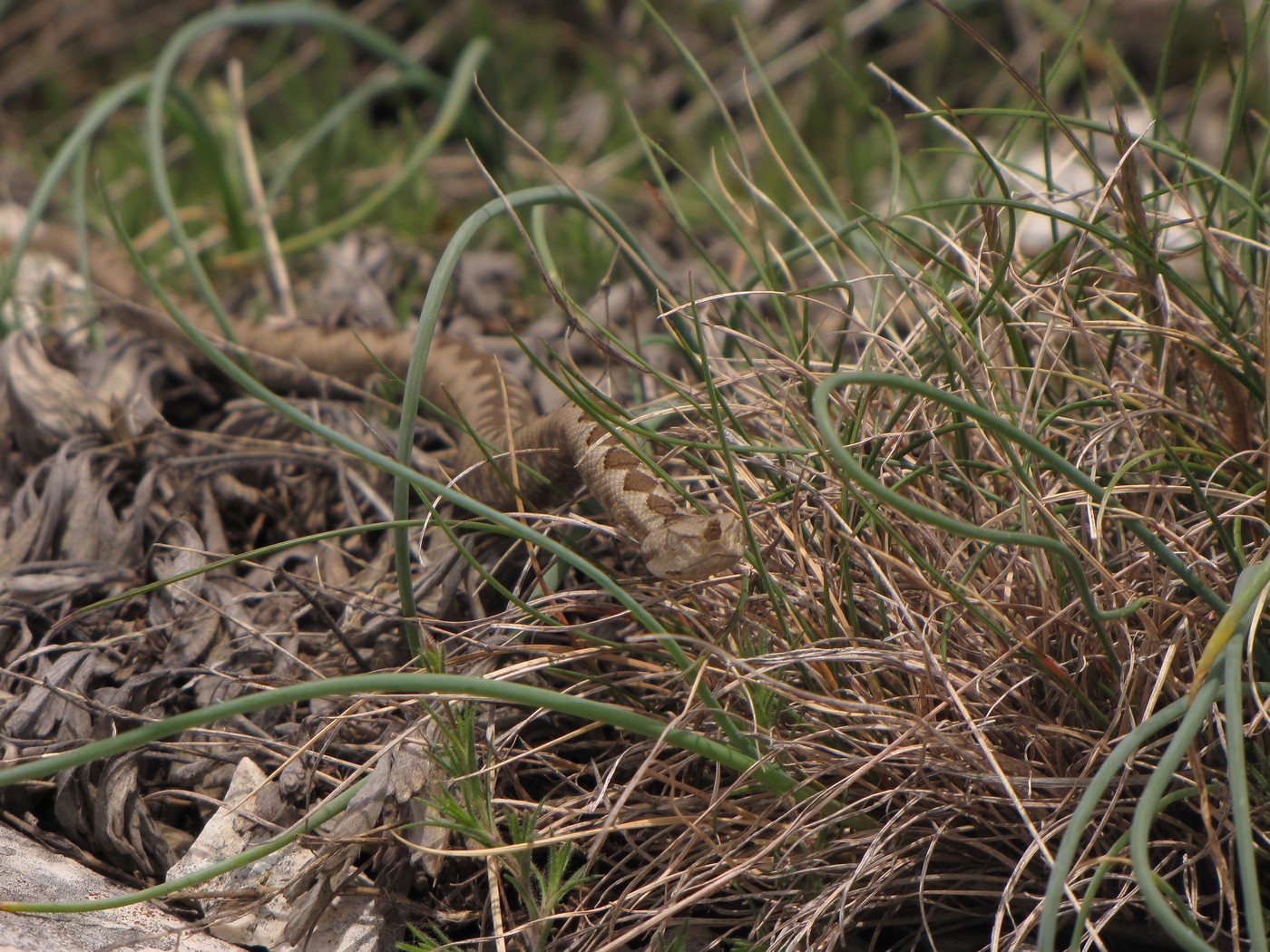Horned viper
A species of Palaearctic vipers, Also known as Nose-horned viper, Sand adder, Common sand viper Scientific name : Vipera ammodytes Genus : Palaearctic vipers
Horned viper, A species of Palaearctic vipers
Also known as:
Nose-horned viper, Sand adder, Common sand viper
Scientific name: Vipera ammodytes
Genus: Palaearctic vipers
Content
Description General Info
 Photo By Medeniacus , used under CC-BY-SA-4.0 /Cropped and compressed from original
Photo By Medeniacus , used under CC-BY-SA-4.0 /Cropped and compressed from original Description
Common names: horned viper, long-nosed viper, nose-horned viper, sand viper, more.
General Info
Lifespan
15-20 years
Diet
The diet of horned viper mainly constitutes small mammals and birds. They are opportunistic predators, relying heavily on rodents, particularly voles and mice. They also exhibit a proclivity for consuming lizards and smaller snake species.
Appearance
The horned viper is a medium-sized snake. It has a strong, robust body with a triangular-shaped head separated from the neck. Its scaly skin predominantly displays a gray-brown background color, often adorned with zigzag-like darker patterns along its back. A distinctive 'horn' made of a single, erect scale can be observed above each nostril. Differences in coloration and size can occur, most notably with the males typically larger and more vividly colored.
Behavior
Horned viper is a solitary, primarily nocturnal species, regularly seen basking during daytime and hunting at night. It displays a striking defensive behavior: when threatened, it elevates its front body in an S-shaped posture, hissing loudly. This viviparous snake marks and defends its territory using pheromones.
Population
Decreasing
Scientific Classification
Phylum
Chordates Class
Reptiles Order
Lizards and snakes Family
Vipers Genus
Palaearctic vipers Species
Horned viper